Χριστός ἀνέστη! (Christ has Risen)
This weekend, I set out to experience Easter in the Cypriot Orthodox fashion. My adventure began on Friday afternoon with a tour of churches within the Walled City. I followed Nicosians from church to church as they kissed the Epitafio, which is a cloth that represents the body of Christ on the day that he was laid to rest. The cloth is set beneath a flower-laden altarpiece in the middle of each church and most lines extended outside the entrance. The narrow streets of the Old Town were packed with cars as the older generation was delivered from church to church.
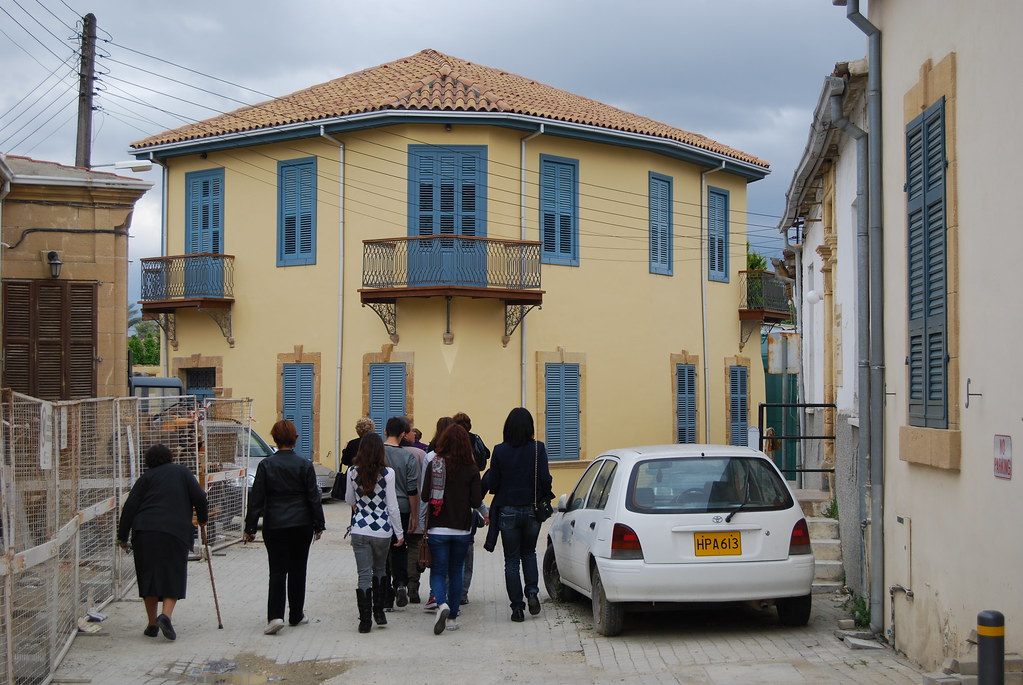 |
| Train of people walking from St. Kassianos church to Chrysaliniotissa church near my hostel |
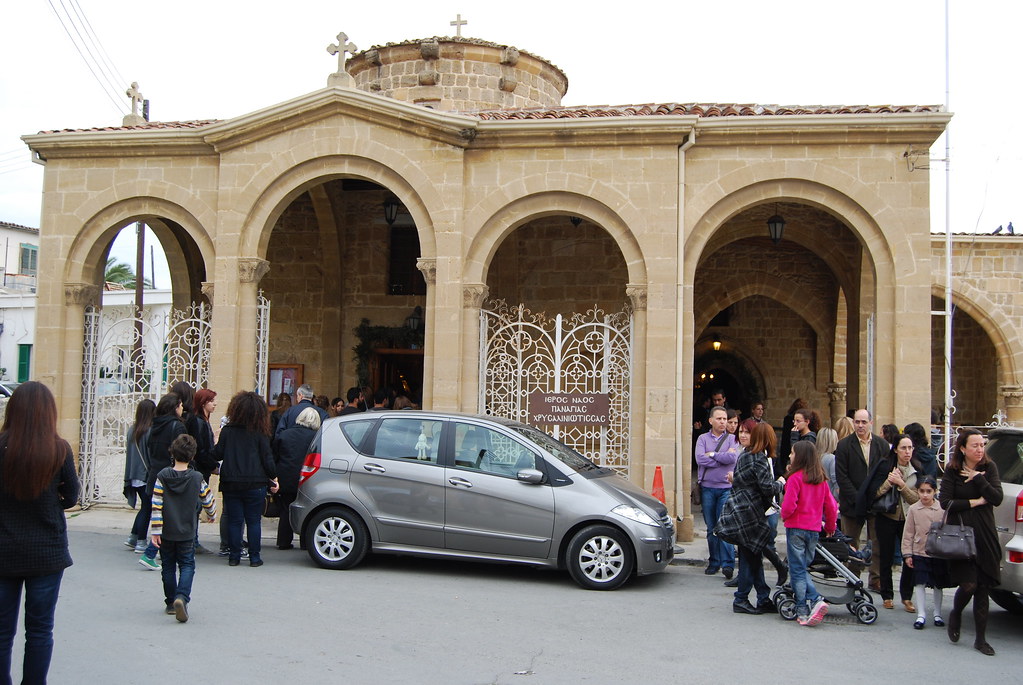 |
| Queue to kiss the Epitafio |
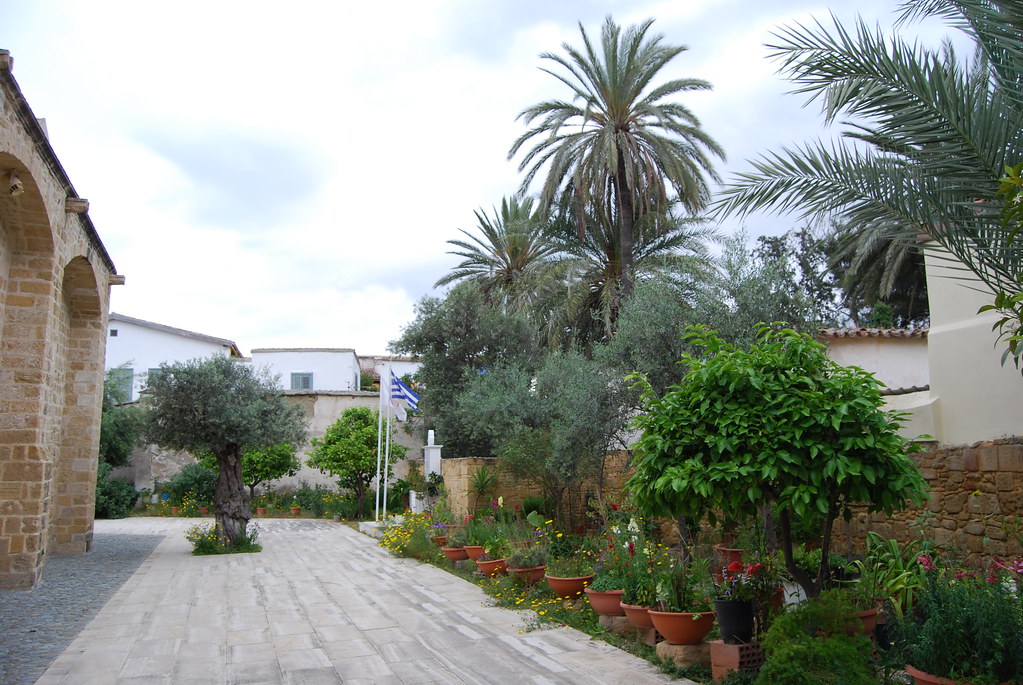 |
| The beautiful garden of St. Kassianos church. The elderly caretaker continued to live next to the church and care for it daily throughout the war in 1974. |
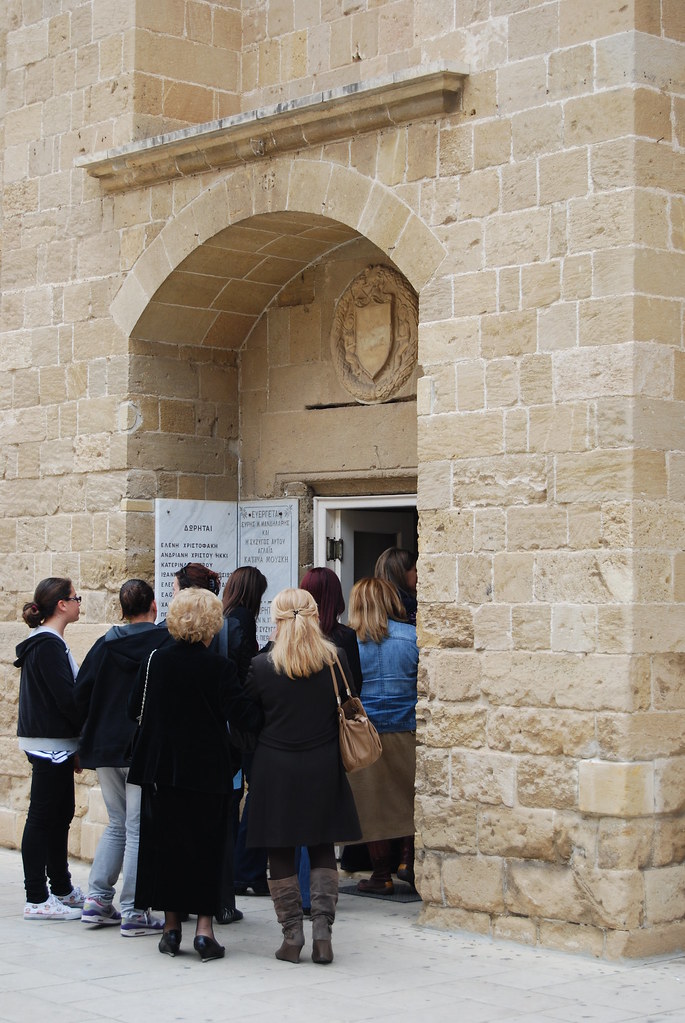 |
| Queue at St. John's Cathedral next to the Archbishops library |
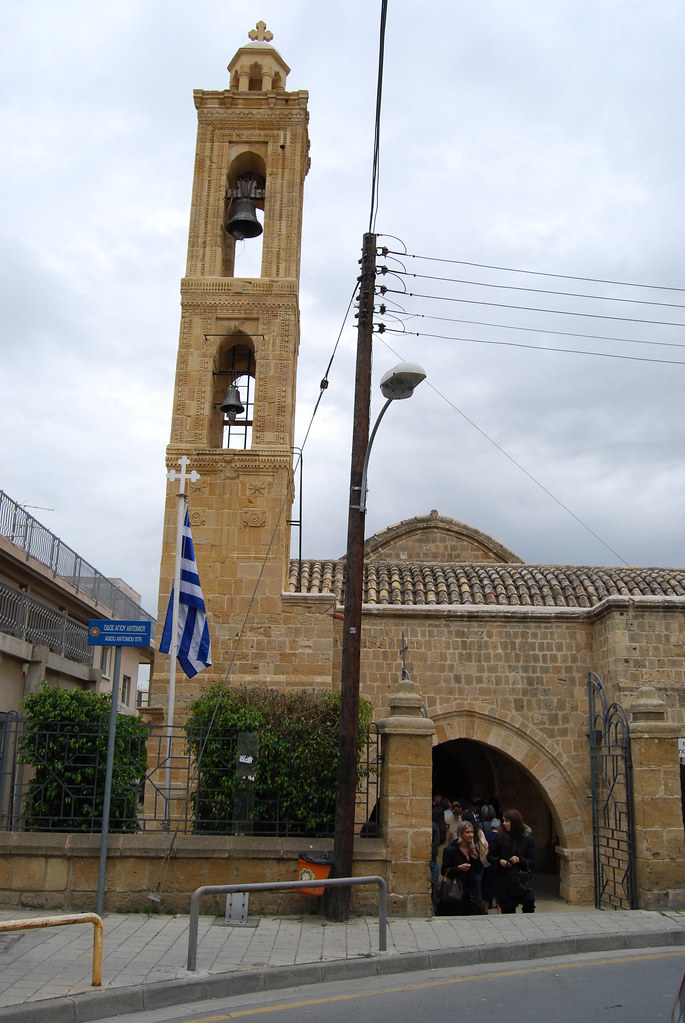 |
| St. Antonios church |
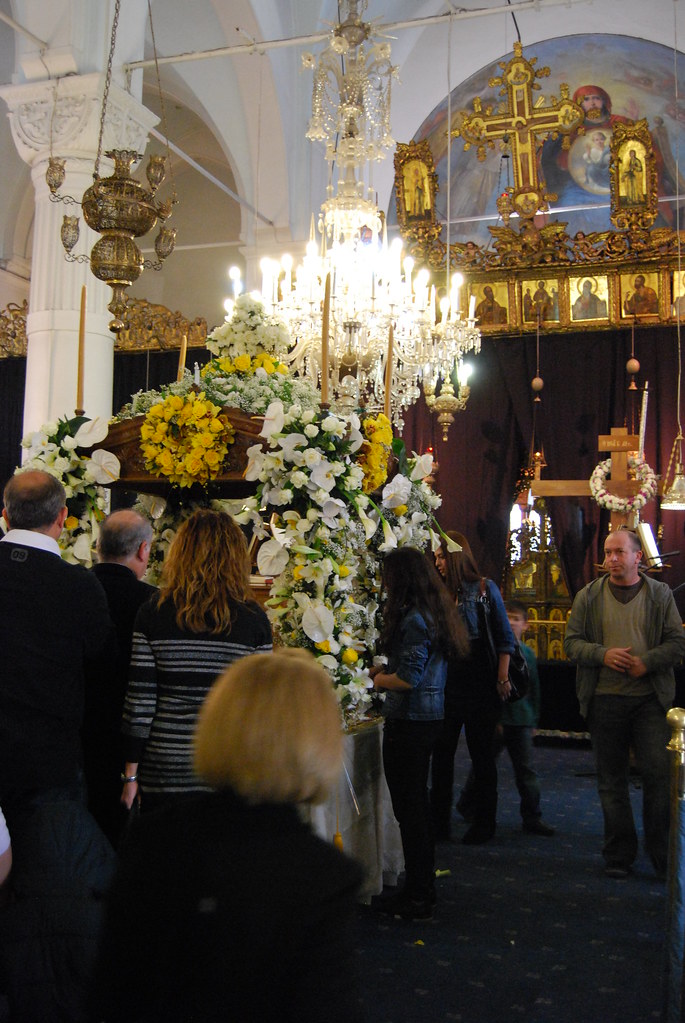 |
| Epitafio within Phaneromeni church |
In the evening, I attended a service at Chrysaliniotissa church (one of the two churches in my neighborhood). Although I couldn’t understand very much of the service there was a long section that was printed and sung by the congregation with the priest leading the service which I assume was the story of the passion. The medieval church was packed full of people and the crowd extended outside the church under the surrounding portico and into the courtyard. At the end of the service, the high ranking church officials picked up the Epitafio and walked it around the church courtyard while singing as the entire congregation followed. As they came to a bottleneck on the north side of the church courtyard, the Epitafio was raised and every single member of the congregation walked underneath it.
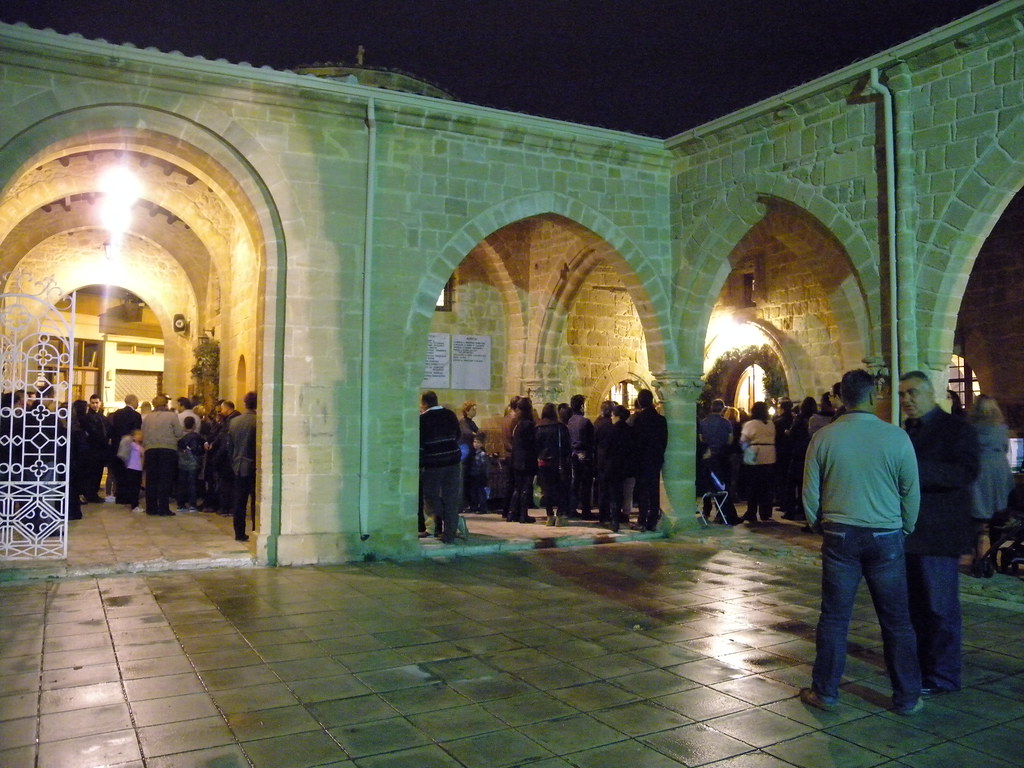 |
| Congregation underneath the portico listening to the service |
Saturday night, I was invited to experience the rural Easter traditions in the village of Kyperounda. The late night service (which ended just after midnight) took place in the brand new cathedral that was built atop the village. Many hundreds of residents piled into the church shoulder to shoulder holding candles. At the end of the service, the lights went out and candle by candle the church (main level and balcony) was relit.
At the end of the service there was a massive bonfire immediately outside of the church where all the town’s residents gathered. We left from the bonfire for a Easter/birthday celebration that included the traditional cheese bread (Flaouna), soup, chicken, and wine.
Sunday afternoon I had an incredible lunch at Lord Kitchener’s Restaurant with some fellow Fulbrighters. Kitchener was a British cartographer who came to Cyprus not long after the British took control of the island in 1878. He was assigned with the task of completing a full topographical survey of the island as well as the main cities and his measurements are still used as a basis for the surveys taken on the island to this day. The restaurant includes his original residence on the island (which is now the bathroom of the establishment. The food was some of the best I’ve had on the island, although it’s not a traditional Cypriot menu by any means. The British chef and his Italian wife run provide incredible service and a wonderful seasonal selection of dishes and all kinds of fresh fish. If you come to Cyprus and are able to get to the village of Psematismenos, I highly recommend you stop in.
 |
|
 |
Lord Kitchener's survey of Nicosia: http://www.moi.gov.cy/moi/DLS/dls.nsf/0/C625BA8CF9E17F85C2257123003953BB/$file/KITCHENER_Nicosia.jpg?OpenElement |









No comments:
Post a Comment